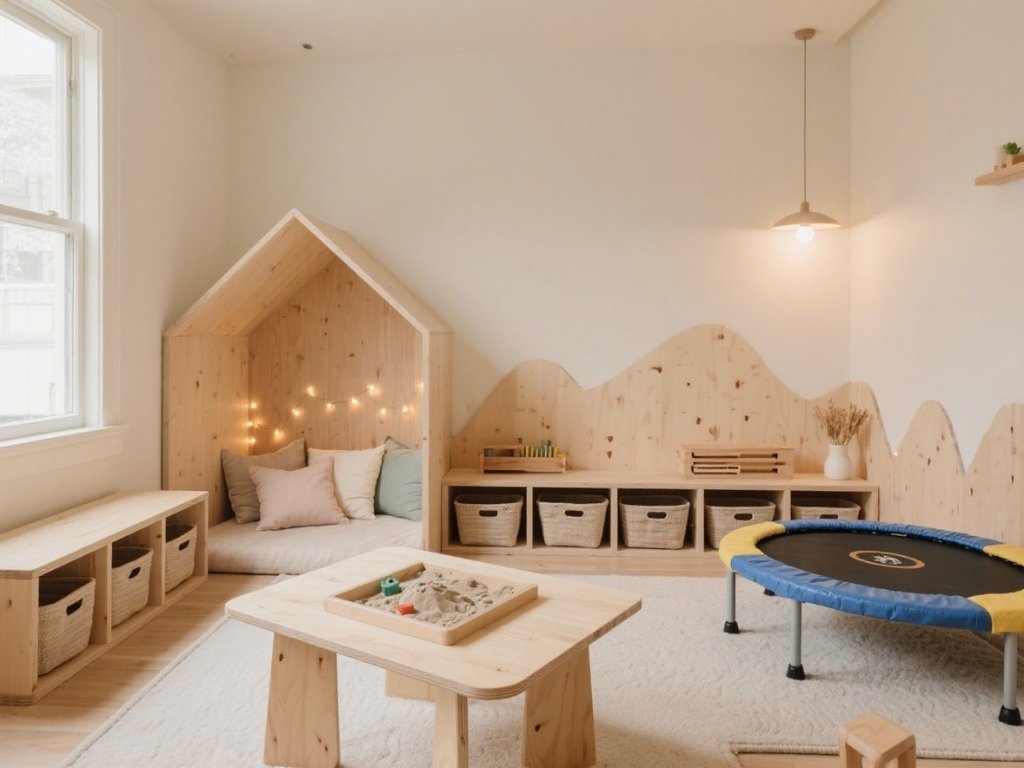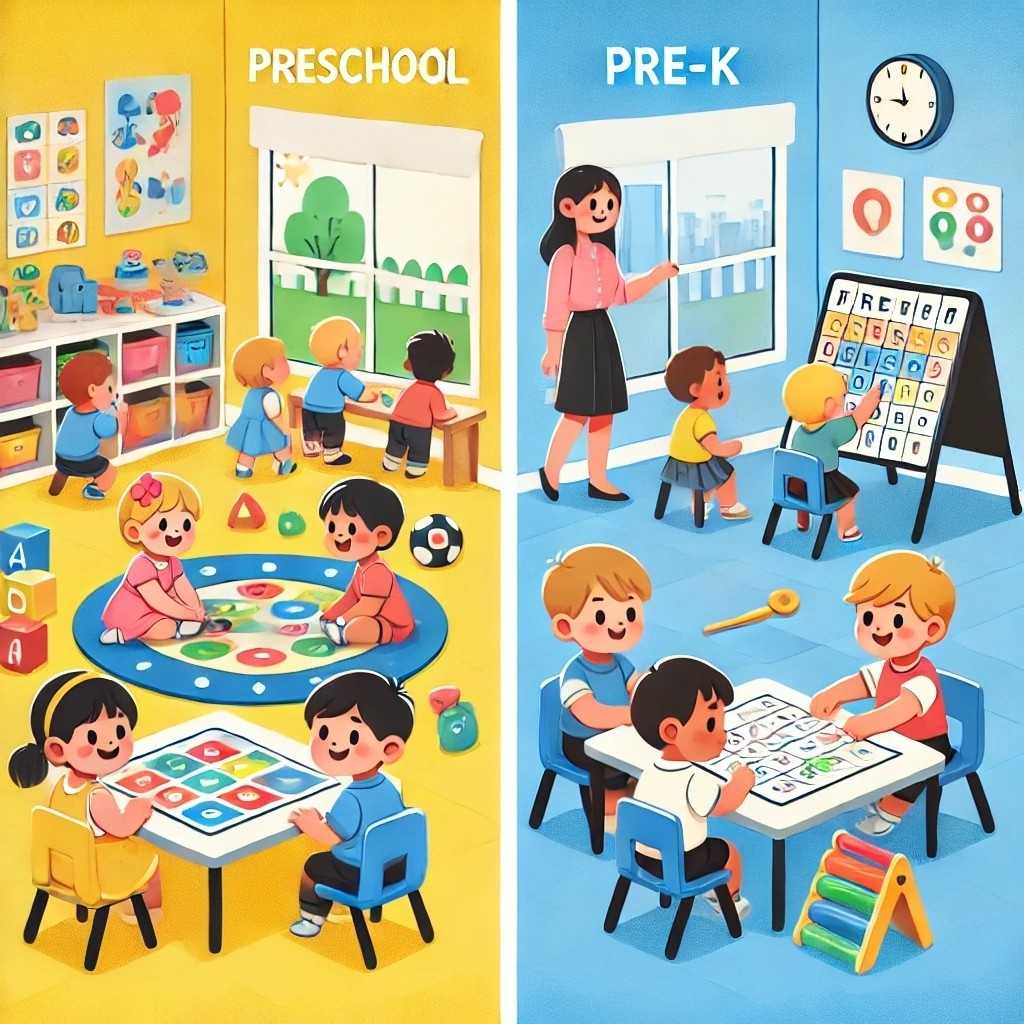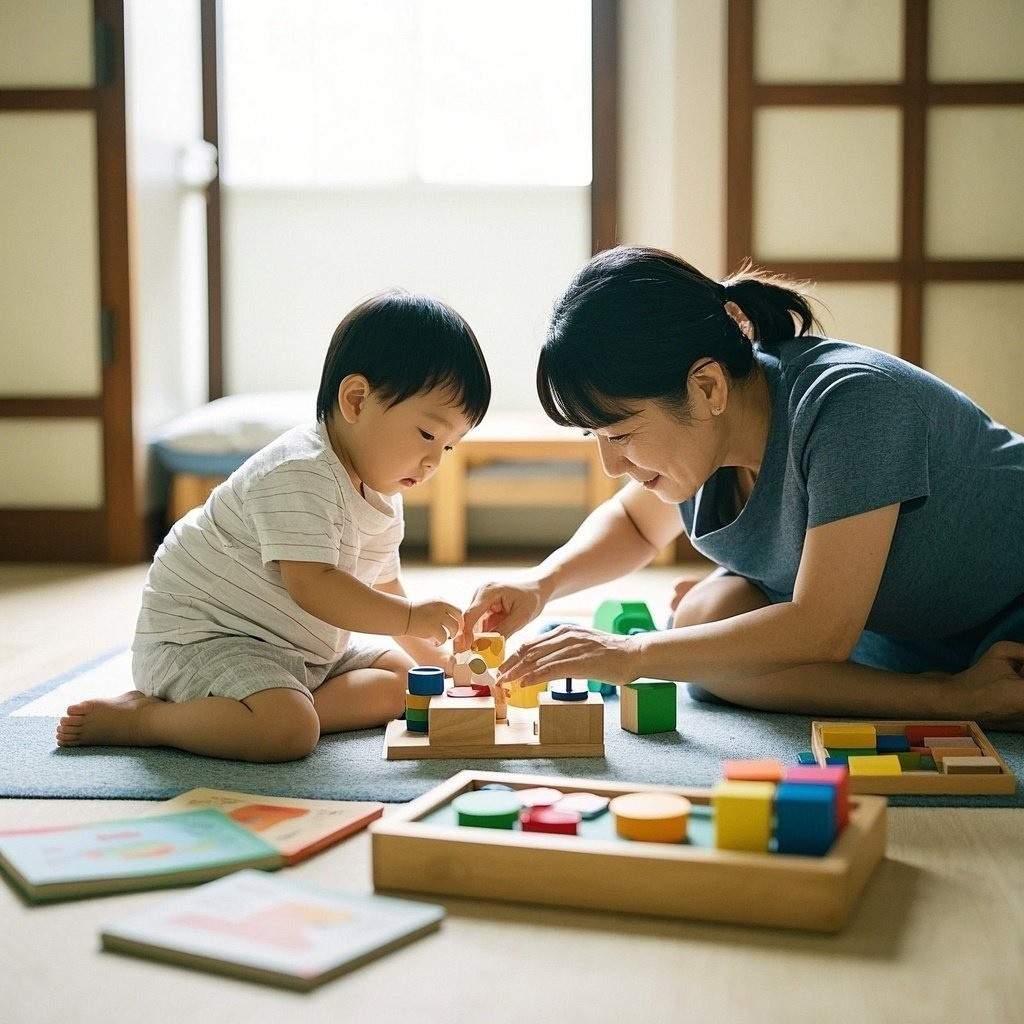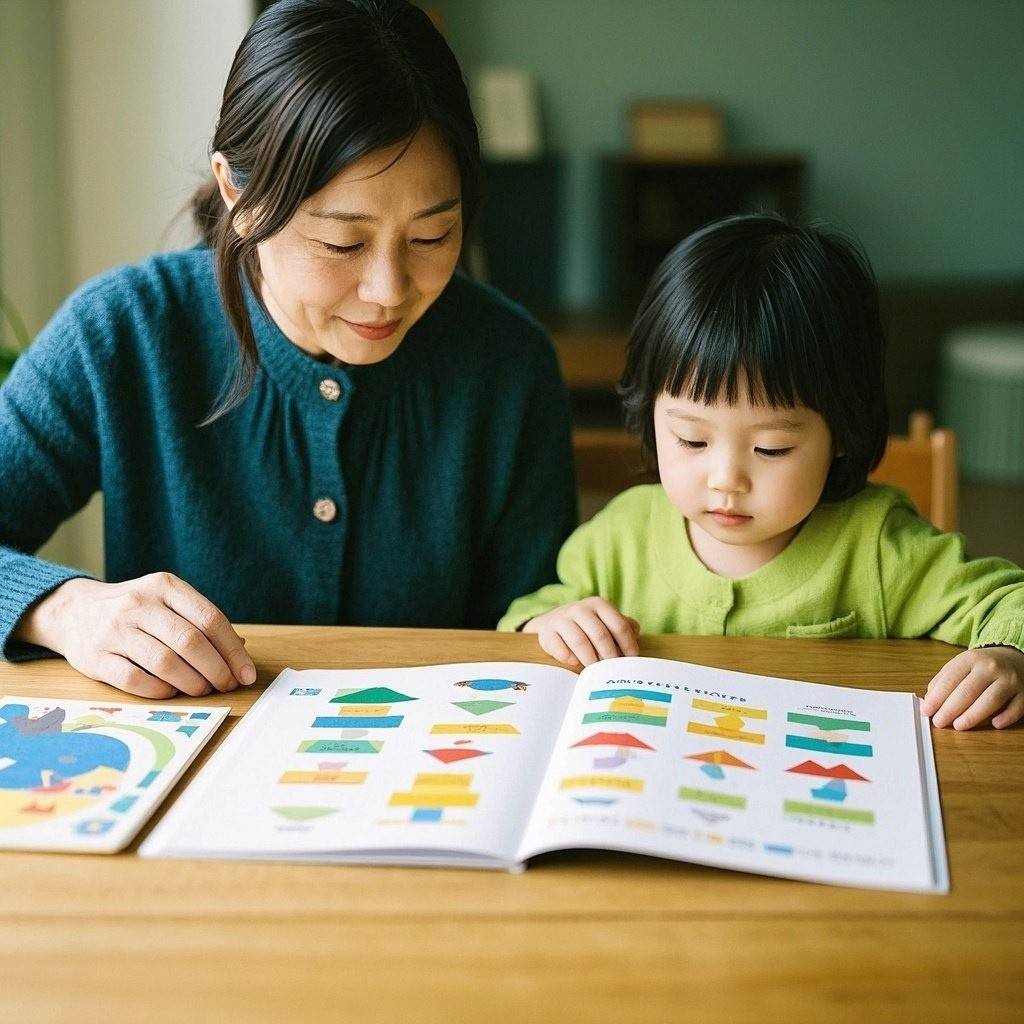Introduction to Sensory Motor Activities
Enhance Your Child’s Physical and Cognitive Skills with These Sensory Motor Activities—that single goal captures why parents, teachers, and therapists around the world weave sight, sound, touch, movement, smell, and even taste into purposeful play. From the first time an infant bats at a dangling mobile to the epic pillow‑fort adventures of preschool, children rely on senses and motion to learn how their bodies fit into an ever‑expanding world. Sensory motor activities deliberately combine those inputs: a child might balance on a wobble board while tossing beanbags, finger‑paint with textured foam, or crawl through a tunnel scented with lavender sachets.
Because these experiences fire up multiple areas of the brain at once, they accelerate development in a way that flashcards alone never could. Neuroscientists often describe the brain as a “use‑it, wire‑it” network—the more diverse the sensory information, the richer the neural connections. By offering a smorgasbord of textures, sounds, and movements, you help your child build those connections early, laying groundwork for everything from handwriting fluency to emotional self‑regulation in the classroom.
Benefits of Engaging in Sensory Motor Activities
- Gross‑ and Fine‑Motor Coordination
Crawling through obstacle courses, scooping rice from a sensory bin, or squeezing therapy putty strengthens core muscles and hand dexterity. Over time, kids show smoother gait patterns, surer balance, and neater pencil grips. - Sharper Cognitive Processing
When children match the feel of sandpaper letters to printed shapes or hop between numbered floor dots, they link tactile or vestibular input to memory and problem‑solving skills. Research in Developmental Science reports faster letter recognition and counting accuracy after as little as six weeks of combined movement‑and‑touch games. - Language Expansion
Sensory‑rich play invites descriptive chatter: “slimy,” “gritty,” “buzzing.” Each novel sensation gives caregivers natural openings to name adjectives and verbs, boosting vocabulary without forced drills. - Self‑Regulation and Emotional Resilience
Rhythmic activities—swinging, rocking, drumming—activate the vestibular and proprioceptive systems that calm the nervous system. Children learn to seek appropriate sensory “doses” when overstimulated, translating into fewer meltdowns and better focus during circle time. - Social Confidence
Cooperative games such as passing a soft ball along a line or building a texture collage demand turn‑taking and communication. Sensory motor tasks therefore double as social‑skills rehearsal in a low‑pressure setting.
Sensory Motor Activities to Improve Physical Skills

A. Obstacle‑Course Adventure
Create a living‑room “jungle” with couch cushions to climb, masking‑tape balance beams, and tunnels made of cardboard boxes. Encourage kids to bear‑crawl, tiptoe, and crab‑walk through each station. Switching movement patterns strengthens large muscle groups and refines bilateral coordination—the ability to use both sides of the body in harmony, vital for sports and later handwriting.
B. Beanbag Target Toss
Apply colored painter’s tape circles to the floor or hang hula‑hoops from a tree branch outside. Ask children to underhand‑throw or overhand‑throw beanbags while standing, kneeling, then balancing on one foot. Varying body positions challenges core stability and eye‑hand coordination simultaneously.
C. Scooter‑Board Races
Have your child sit or lie prone on a low scooter board and propel themselves using arms or legs. Navigating around plastic cones demands motor planning and upper‑body strength, key for endurance during classroom desk work.
D. Sensory Footpath
Glue coarse sandpaper, bubble wrap, fake turf, and foam squares onto a strip of cardboard. Walking barefoot along the path stimulates foot proprioceptors, improving balance and ankle stability. Pair the walk with a scavenger hunt, telling the child to stop on the “bumpy” tile when they spot a red toy car.
E. Balloon Volleyball
String a ribbon “net” across a doorway and rally a balloon back and forth. The ball’s slow float time gives beginners extra reaction window, sharpening tracking skills needed for reading lines of print.
Sensory Motor Activities to Enhance Cognitive Skills

A. Mystery Texture Bags
Fill opaque drawstring bags with everyday objects—cotton balls, Lego bricks, dried pasta—and invite children to identify each by touch alone. They must compare tactile feedback with stored memories, a mental exercise that boosts working memory and descriptive language.
B. Rhythm and Movement Sequencing
Play a short drumbeat pattern (e.g., tap‑tap pause tap‑tap‑tap) and challenge kids to reproduce it with claps and stomps. Gradually lengthen the sequence. This multisensory Simon Says strengthens auditory discrimination and sequential processing—skills crucial for following multi‑step directions at school.
C. Scented Alphabet Hunt
Dab cotton pads with child‑safe essential oils (orange, peppermint, rosemary) and tuck them inside plastic Easter eggs marked with letters. Hide the eggs around a room, then ask the child to sniff and match each scent‑egg to a picture card that starts with the same letter (“O” with an orange, “P” with a penguin). Combining olfactory cues with phonics enhances long‑term recall.
D. Light‑Table Color Mixing
Set translucent colored blocks on an LED light table. As children overlap red and yellow shapes to discover orange, they experiment with cause‑and‑effect reasoning and early science concepts. For an extra cognitive twist, place number or letter transparencies beneath to practice counting or spelling while exploring color theory.
E. Weighted Lap‑Pad Storytime
Provide a small weighted blanket or lap pad during read‑alouds. Deep‑pressure input calms the vestibular system, extending attention span so children can track story plots, predict next events, and discuss character motives.
Creating a Sensory‑Rich Environment for Your Child

- Zoned Play Areas: Dedicate corners for different senses: a “quiet nook” with soft pillows and noise‑canceling headphones; a “tactile table” stocked with kinetic sand and silicone molds; a “motion zone” featuring mini‑trampoline and crash‑pads. Clear zones prevent overstimulation and help children choose inputs intentionally.
- Layered Lighting and Sound: Install dimmable bulbs or fairy lights for visual modulation, and keep a playlist of nature sounds or white‑noise tracks on hand. The ability to raise or lower sensory intensity supports self‑regulation.
- Storage at Child Level: Transparent bins labeled with pictures invite independent selection and clean‑up—both executive‑function skills. Rotate materials weekly to maintain novelty without purchasing new supplies constantly.
- Safety First: Anchor heavy furniture, cover electrical outlets, and inspect loose parts. Sensory exploration often involves climbing, jumping, or mouthing, so eliminate hazards while preserving freedom to experiment.
Implementing Sensory Motor Activities in Daily Routine

- Morning Wake‑Up Circuit (10 Minutes): Before school, guide your child through a series of jumping jacks, wall pushes, and yoga poses like downward dog. The combination primes vestibular and proprioceptive systems, sharpening focus for the first classroom lesson.
- Mealtime Prep Helpers: Let children wash produce in bins of cold, bubbly water, knead bread dough, or sprinkle herbs with a three‑finger pinch. These chores double as hand‑strengthening exercises and give real‑world context to fine‑motor practice.
- Car‑Ride Sensory Kits: Keep a small box of fidget tools—velcro strips, soft stress balls, twistable crayons—in the backseat. Offering controlled tactile input during long drives curbs restlessness without screen dependence.
- Homework Movement Breaks: Between worksheet pages, set a timer for two‑minute “animal walks” (bear crawl to the kitchen, slither like a snake back). Short bursts of gross‑motor activity reinvigorate attention circuits, making study sessions more productive.
- Bedtime Wind‑Down: Swap chaotic play for calming sensory rituals: dim lights, diffuse a comforting scent like chamomile, and read under a weighted blanket. Consistent cues teach the brain to shift from high energy to restful mode, improving sleep quality that in turn supports learning and immunity.
Final Thoughts
Integrating sensory motor experiences is less about buying pricey equipment and more about viewing everyday life as a playground of textures, sounds, and movements. Whether your child is rolling dough beside you or tiptoeing across a homemade balance line, each moment spent enhancing physical and cognitive skills with sensory motor activities builds neural highways that support future academics, athletics, and emotional resilience. Begin with simple tools you already own, observe which sensations light up your child’s curiosity, and expand from there. Over time you’ll craft a personalized sensory “diet” that fuels growth far beyond the playroom floor—proof that the road to lifelong learning really does start with a single, playful step.





